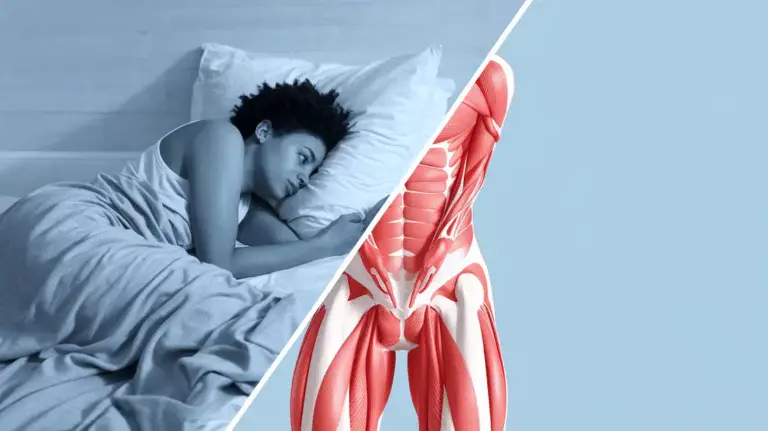Imagine reaching for that top shelf without a groan, or effortlessly kicking a ball with your friends.
But for many of us, tight and weak hip flexors hinder such simple activities.

These muscles, located at the front of your hip, play a crucial role in various movements, including:
- Hip flexion: Lifting your thigh towards your chest, essential for activities like walking, running, and climbing stairs.
- Pelvic stability: Supporting and stabilizing your lower back and pelvis during movement.
- Posture: Maintaining proper spinal alignment and preventing excessive lower back curvature.
However, weak or inflexible hip flexors can wreak havoc on your mobility and performance.
Tightness can limit your range of motion, while weakness can affect your athletic performance and lead to pain in your lower back, knees, and even hips.
The good news?
Strengthening your hip flexors doesn’t require spending hours at the gym.
By incorporating a few simple exercises into your routine, you can improve their strength and flexibility, unlocking a world of benefits:
- Enhanced Flexibility: Stronger hip flexors can help improve your overall range of motion, making everyday activities feel easier and more fluid.
- Reduced Pain: Increased strength can help alleviate pain in your lower back, knees, and hips caused by weak or tight hip flexors.
- Improved Performance: Stronger hip flexors can benefit athletes by enhancing power, agility, and overall athletic performance.
- Better Posture: Strong hip flexors can help maintain proper pelvic alignment and improve your overall posture.
This guide delves into the world of hip flexor strengthening exercises.
We’ll explore the benefits of a strong core and glutes for optimal hip health, and unveil a variety of exercises suitable for all fitness levels.
Get ready to transform your hip flexors and experience the joy of improved mobility and performance!
Key Takeaways
- Weak or inflexible hip flexors can significantly limit your mobility, contribute to pain, and affect your performance.
- Strengthening your hip flexors can improve flexibility, reduce pain, enhance athletic performance, and promote better posture.
- This blog provides a variety of exercises for all fitness levels, targeting different aspects of hip flexor strength and flexibility.
- Consistency is key! Regularly performing these exercises will lead to noticeable improvements in your hip health and overall well-being.
- Consult a healthcare professional for personalized guidance and modifications if needed.
The Importance of a Strong Core and Glutes for Healthy Hips
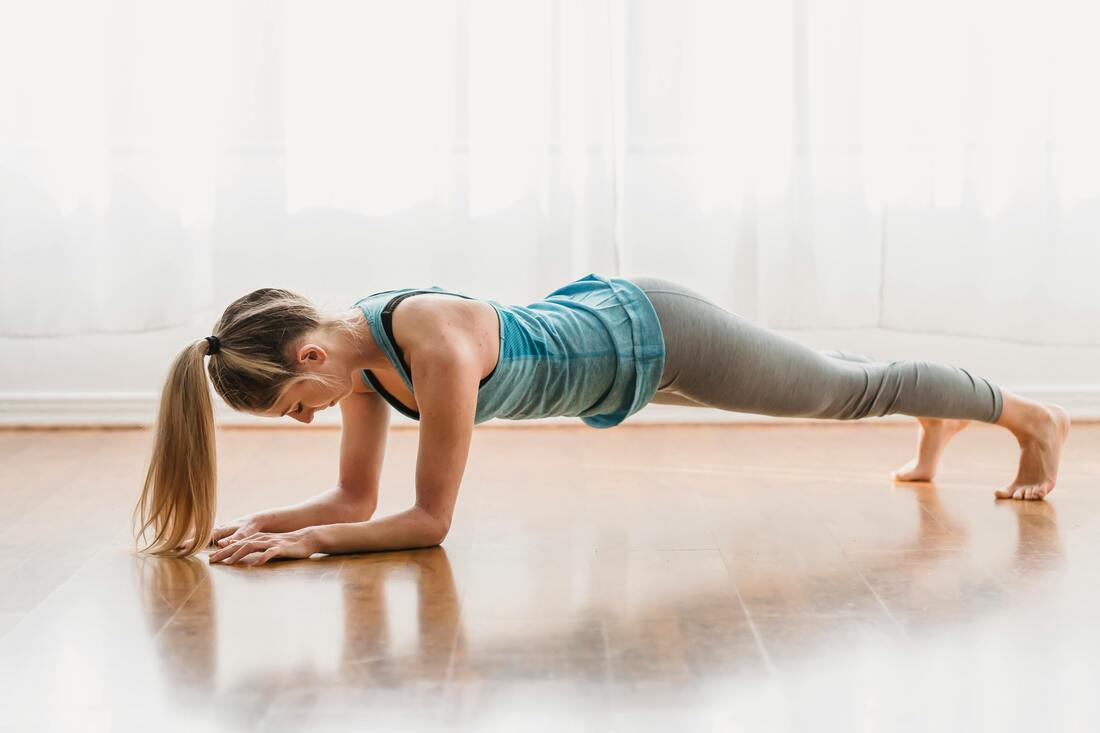
While strengthening your hip flexors is important, it’s not the only piece of the puzzle.
A strong core and glutes play a vital role in maintaining optimal hip health:
- Core Strength: A strong core provides stability throughout your body, including your hips. This helps prevent excessive movement in your lower back and protects your spine during movement.
- Glute Strength: Strong glutes help control hip extension and movement. Weak glutes can put additional strain on your hip flexors, contributing to tightness and weakness.
Exercises for Stronger and More Flexible Hips
Here’s a selection of beginner-friendly to advanced exercises targeting different aspects of hip flexor strength and flexibility:
Beginner Exercises
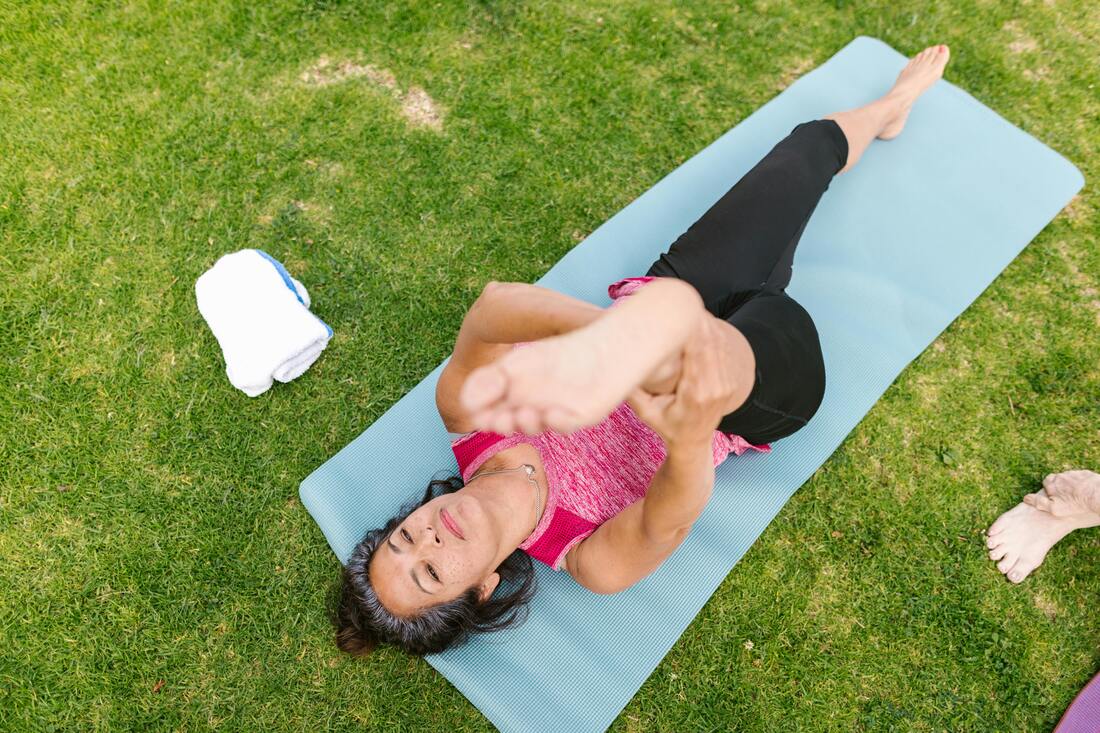
- Straight Leg Raises:
- Benefits: Strengthens hip flexors and improves core engagement.
- How-to: Lie on your back with legs extended. Keeping your back flat and core engaged, lift one leg straight up towards the ceiling as high as comfortable. Hold for a few seconds, then slowly lower back down. Repeat with the other leg.
- Kneeling Hip Flexor Stretch:
- Benefits: Improves flexibility in the front of the hip joint.
- How-to: Kneel on one knee with your other foot flat on the floor in front of you. Lean forward from your hips, keeping your back straight, until you feel a stretch in the front of your hip on the kneeling leg. Hold for 30 seconds each side.
Intermediate Exercises
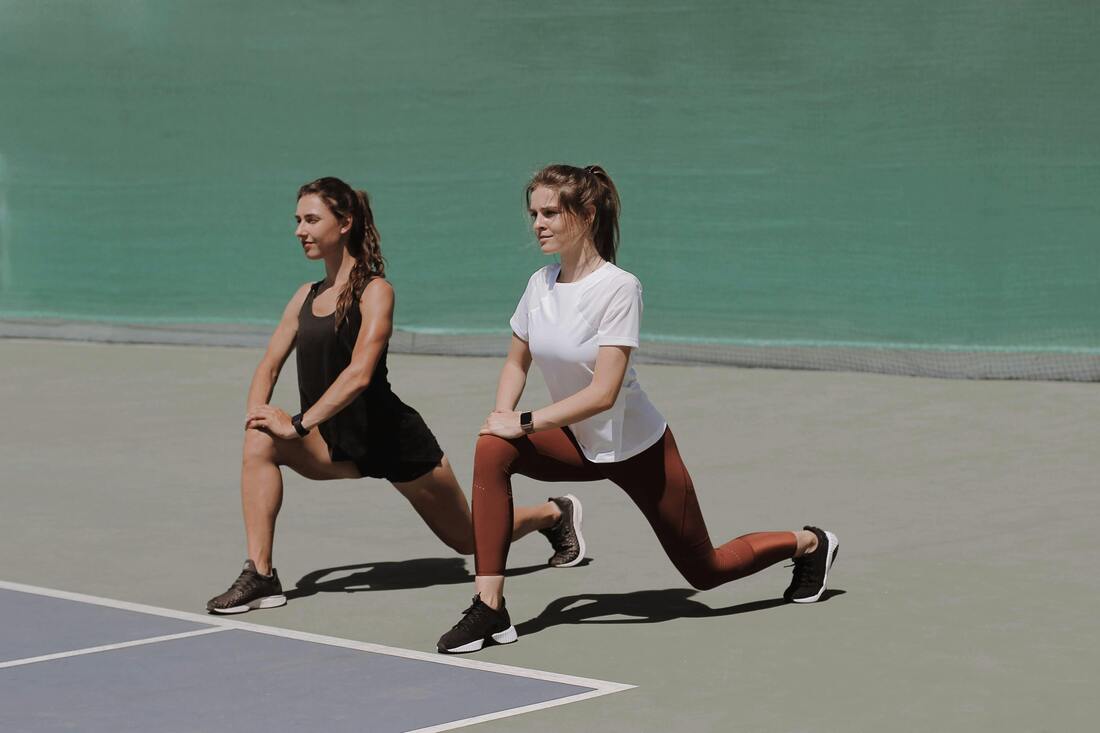
- Walking Lunges:
- Benefits: Strengthens hip flexors, quads, and glutes.
- How-to: Step forward with one leg, lowering your hips until both knees are bent at 90-degree angles. Push off your front heel to return to standing, then repeat with the other leg.
- Side Lunges:
- Benefits: Strengthens hip flexors, glutes, and abductors.
- How-to: Stand with feet hip-width apart. Take a step to the side, bending your knee and lowering your hips until your thigh is nearly parallel to the ground. Push off your front foot to return to standing, then repeat on the other side.
Advanced Exercises
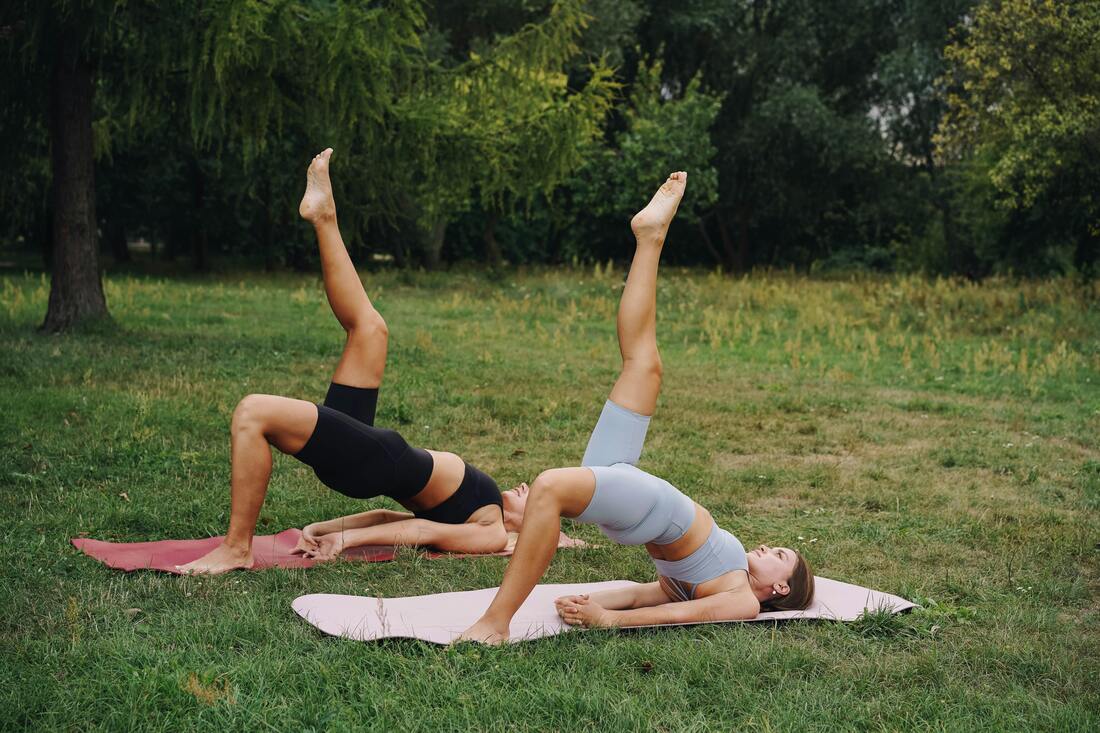
- Glute Bridge with Leg Extension:
- Benefits: Strengthens glutes and hip flexors, improves core stability.
- How-to: Lie on your back with knees bent and feet flat on the floor. Lift your hips off the ground until your body forms a straight line from your shoulders to your knees. Extend one leg straight up towards the ceiling, keeping your core engaged and back flat. Hold for a few seconds, then lower your leg back down and repeat with the other leg.
- Single-Leg Romanian Deadlift:
- Benefits: Strengthens hamstrings, glutes, and hip flexors, improves balance and core engagement.
- How-to: Stand with one leg behind you and hold a weight in each hand (or bodyweight for beginners). Keeping your back flat and core engaged, hinge at your hips and lower your torso forward, pushing the weight back as if pushing through your heels. Lower until you feel a stretch in your hamstrings, then return to standing. Repeat with the other leg.
Safety Considerations
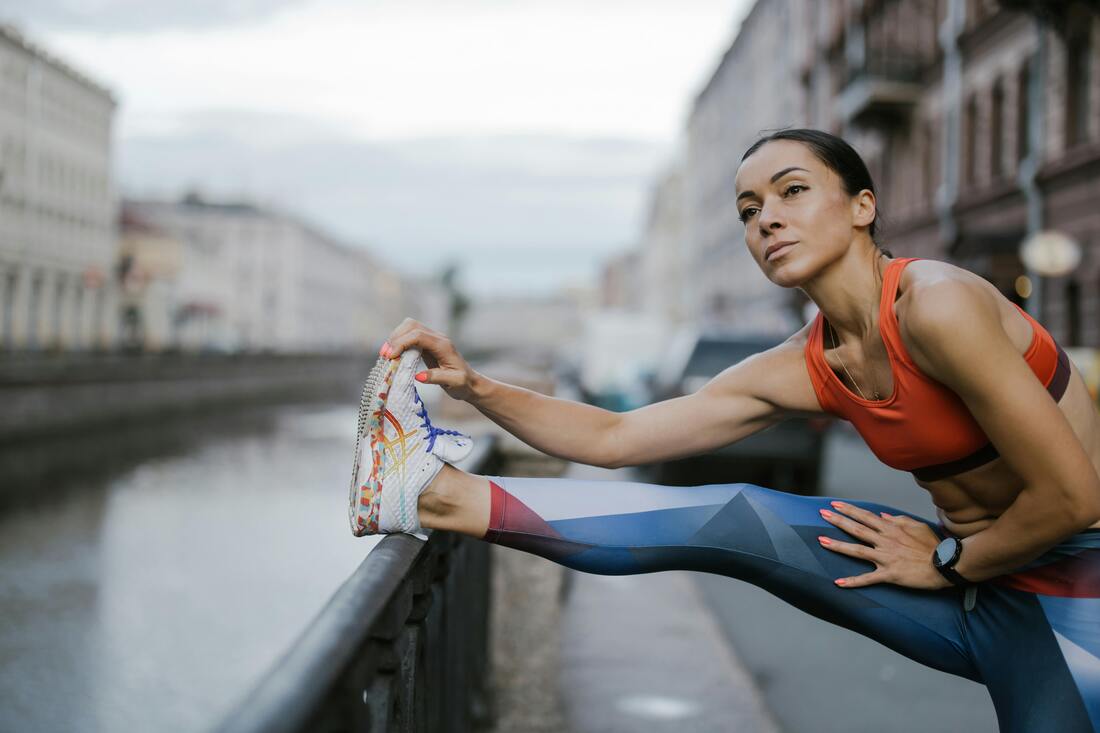
- Warm-up before exercise: Perform a light cardio warm-up and dynamic stretches to prepare your muscles for exercise.
- Maintain proper form: Focus on quality over quantity. It’s better to perform exercises with proper form using lighter weights than to risk injury with heavier weights.
- Listen to your body: Stop if you experience any pain and consult a healthcare professional if pain persists.
Table: Exercises for Hip Flexor Strength and Flexibility
| Exercise | Level | Benefits |
|---|---|---|
| Straight Leg Raises | Beginner | Strengthens hip flexors, improves core engagement. |
| Kneeling Hip Flexor Stretch | Beginner | Improves flexibility in the front of the hip joint. |
| Walking Lunges | Intermediate | Strengthens hip flexors, quads, and glutes. |
| Side Lunges | Intermediate | Strengthens hip flexors, glutes, and abductors. |
| Glute Bridge with Leg Extension | Advanced | Strengthens glutes and hip flexors, improves core stability. |
| Single-Leg Romanian Deadlift | Advanced | Strengthens hamstrings, glutes, and hip flexors, improves balance and core engagement. |
FAQs: Hip Flexor Strengthening and Flexibility
Q: How often should I perform these exercises?
- A: Aim to perform these exercises 2-3 times per week, allowing for rest and recovery days in between.
Q: Can I do these exercises if I have tight hip flexors?
- A: Absolutely! Incorporate both strengthening exercises and stretches for a well-rounded approach. Start with modifications if needed and gradually increase intensity as your flexibility improves.
Q: Should I stretch before or after strengthening exercises?
- A: It’s beneficial to perform both dynamic stretches before your workout to warm up your muscles and static stretches after your workout to improve flexibility.
Q: What if I don’t have any weights?
- A: You can use bodyweight exercises like lunges and glute bridges for beginners. As you progress, consider using household items like water bottles or canned goods as weights.
Conclusion: Invest in Stronger, More Flexible Hips
By incorporating these exercises into your routine, you can strengthen your hip flexors, improve their flexibility, and experience a range of benefits.
Remember, consistency is key!
Make these exercises a regular part of your fitness routine and witness the transformation in your mobility, performance, and overall well-being.
Happy strengthening!
Citation:
American Council on Exercise. (n.d.). Hip Flexor Stretches. ACE Library. https://www.acefitness.org/resources/everyone/blog/5681/3-stretches-for-opening-up-tight-hips/



